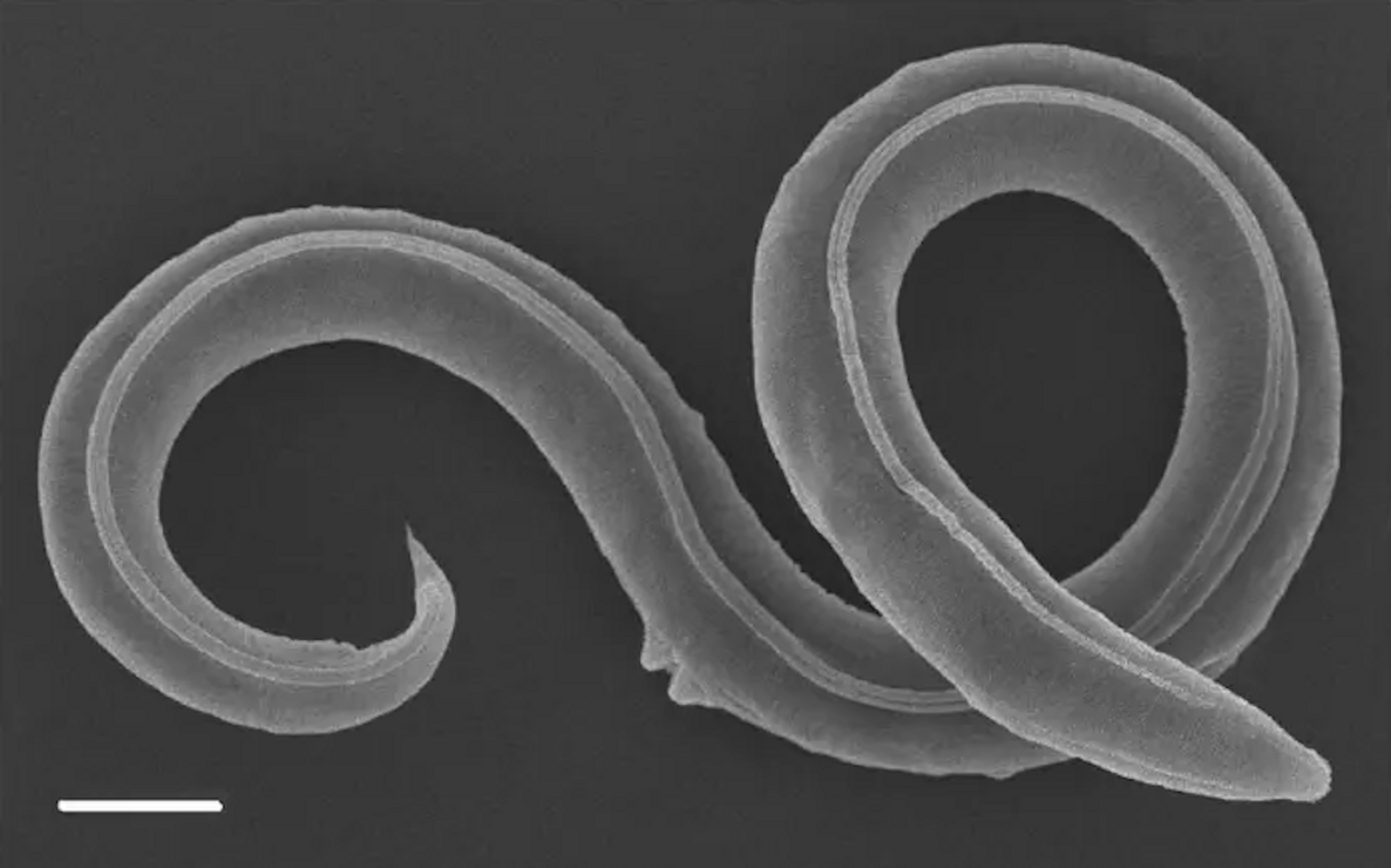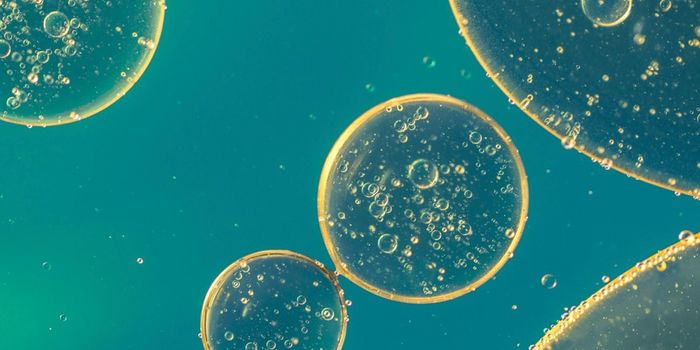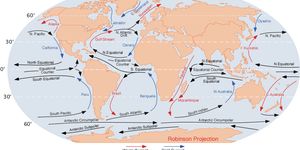Organisms in Permafrost are Revived After 46,000 Years
A recent study used computational tools to assess the risks posed by microbes that are now trapped in permafrost, but which could be released as the climate continues to warm. In computer simulations they found that it is likely that many ancient microbes will be able to survive and grow in the modern world; around three percent of these species became the dominant microorganism in their environment; some of these microbes could actually increase the diversity of organisms by about twelve percent; about one percent could infect a host ans cause as many as one-third of their host organisms to perish. One percent of microbes is luckily a low number, but these potentially threatening microbes could have a huge impact. One of those pathogens could be a so-called black swan, a major event with irreversible and unpredictable consequences.
“From that perspective, our results are worrisome, because they point to an actual risk deriving from the rare events where pathogens currently trapped in the permafrost and ice produce severe ecological impacts," said study co-author Professor Corey Bradshaw of Flinders University. "In the worst, but still entirely plausible case, the invasion of a single ancient pathogen reduced the size of its host community by 30 percent when compared to our noninvasive controls.”
These findings were reported in PLoS Computational Biology.
The potential risk of these microbes is no longer confined to the realm of science fiction, the authors suggested, and it's time start preparing for the possibility that some dangerous pathogens could be released into our environment from thawing permafrost.
Another new study reported in PLoS Genetics has shown that two roundworms, also known as nematodes, which were found 40 meters below the surface of Siberian permafrost in 2018, could be revived. Some organisms are able to enter a dormant state called cryptobiosis so they can survive through difficult conditions. Radiocarbon dating showed that the worms have been in cryptobiosis for about the past 46,000 years, since the late Pleistocene.
Researchers sequenced the genome of this previously unknown organism, and determined that it is part of an undescribed species called Panagrolaimus kolymaensis. The biological processes in these worms that allowed them to survive being frozen and dried out were found to be very similar to those used by a modern nematode worm often used in the laboratory, called Caenorhabditis elegans.
Sources: Flinders University, PLoS Computational Biology, Max Planck Society, PLoS Genetics









